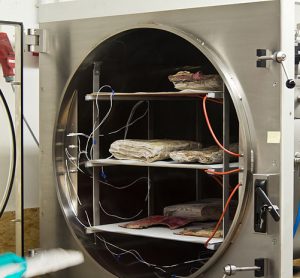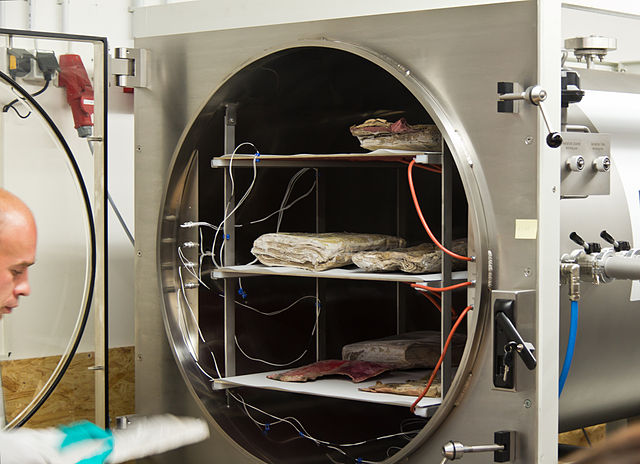MALDI FT-ICR MS platform for proteomics: Rationale for an offline approach and optimised implementation
19 July 2008 | By
MALDI FT-ICR MS platform for proteomics: Rationale for an offline approach and optimised implementation A number of sophisticated approaches have been developed to study the structure and function of genes, including the whole-scale sequencing of entire organisms[1], global transcriptional profiling[2], and forward genetic studies[3]. However, these techniques are ultimately limited…











